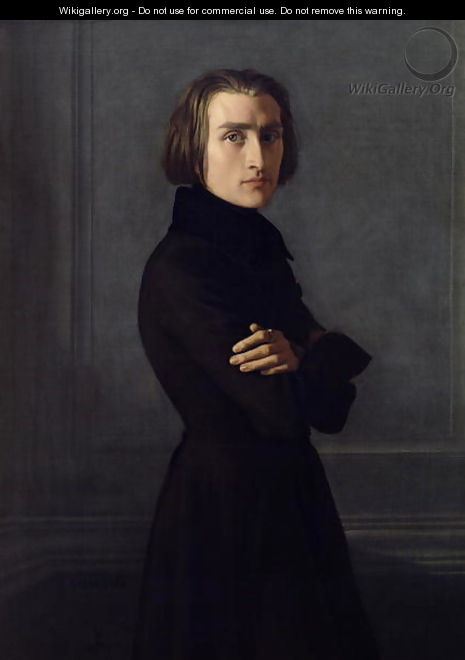The Sydney Chamber Choir’s Passion + Resurrection…from within.

Last week the Sydney Chamber Choir bade farewell to Paul Stanhope, its Musical Director of 10 years, performing a concert entitled Passion + Resurrection under his direction . Miguel Iglesias has sung with the Sydney Chamber Choir for 17 years. In this piece, he gives his unique insights about the performance from his perspective as a performer.
The Sydney Chamber Choir joined forces with Sydney Camerata and soprano Belinda Montgomery to offer Passion + Resurrection – a programme about Easter, chosen and conducted by Paul Stanhope. As it was his last concert after 10 years as musical director, we wanted to make it memorable, and the programme and his direction allowed us to excel. The concert was magnificent; the performance was excellent.
It’s hard to review a concert that you sing in. How can performers gauge how good a concert is? Watch the audience. So I did.
We started with a speciality: the Spanish Renaissance. Parce Mihi by Morales. Paul broke the choir into four ensembles placed around the hall. The ensemble on stage started the piece with the austerity of a formal rendition. Then a couple of passages were passed from left to right of the audience; the confession “I have sinned” came from the quartet above and behind the audience. We passed phrases to each other creating a quadraphonic experience which the audience loved. The smiles start…..
Next, another speciality: the premiere of a new work by an Australian composer. This time, Joseph Twist’s Ubi Caritas. Joe has sung a few concerts with us, so he knows how we work. The piece is beautiful and suits the choir perfectly. I’m no musicologist – I teach bioscience – but I see how cleverly it is composed. First, the women tell a whole story with only five ascending chords over a sustained tenor note; from there it builds, ascension after ascension. Exultation is expressed with a rhythmic section, and then back to heaven until “Amen.” The sound and blending amongst the sopranos and altos is extraordinary, even from as close as I am. We sing it very well, and the audience is excited.
Orlando di Lasso’s Tears of St Peter and Carlo Gesualdo’s Tenebrae Responsories are all about word painting, and singing a story. The betrayal of Judas, Peter denying Christ, his crucifixion… all very dramatic. Challenging for any choir, from inside, I feel that we did them well. We added enough drama without distorting the chords with broken voices. However, to me, these pieces are composed for the audience’s enjoyment.
In between Lasso’s and Gesualdo’s dramas we perform a work by my new choral hero, James McMillan. His Miserere contains annotations such as “desolate and cold” “keening, crying”, “emphatic” or “ppp with devotion”. The hard work at rehearsal pays off: all quintuplets are in place, the chords in tune are so familiar that we submit to the rich harmonies, great melodies, the surprisingly effective harmonised Gregorian chants, and tell a story of desolation and despair: have mercy, for I have sinned. And we succeed: I see people moved to tears.
To finish the first half, a work by Brenton Broadstock with three words: “He lives again.” Very long chords, sustained harmonies and the splendid voice of Claire Burrell-McDonald floating above the choir. We almost have to use circular breathing, but the audience is breathless.
Unfortunately backstage, I cannot listen to Sydney Camerata perform Paul’s Elegies and Dances, but I see what a great string orchestra they are when we join them to perform the last piece: Passion and Resurrection, by Eriks Ešenvalds. The orchestra is accurate, passionate, and by listening to the choir, they contribute to the story. This is no orchestra just accompanying a choir; they tell the story with us, singing without words. From the choir emerges a really good solo quartet, internally balanced, very present. But in my view, the star of the night is soprano soloist Belinda Montgomery. I have known her since I joined the choir 17 years ago, and listened to her sing many times. Tonight’s performance is her absolute best. Solidly grounded on her outstanding musicianship, people do not realise what a difficult part to sing that is. Her voice is powerful, embracing, velvet, expressive, harrowing, soothing; her lament as Mary Magdalene pleading for forgiveness moves the audience and some choir members to tears. Deservedly, the audience stands up, some crying, many excited, and cheering: to her, to us, to the orchestra, and to Paul.
I cannot wait to hear Lindy’s rendition as the soprano soloist in Brahm’s German Requiem… our next concert.
Miguel Iglesias for SoundsLikeSydney©
Miguel Iglesias began his career as a choral singer 28 years ago with his University choir in Spain. He currently also sings in other professional choirs in Sydney.
His other expertise includes teaching Human Biosciences to students of nursing and paramedics at the Sydney campuses of the University of Tasmania. With 20 publications under his name, Miguel also continues his research into the world of neuroscience and disease based at the Garvan Institute in Sydney and in Toulouse in France.







